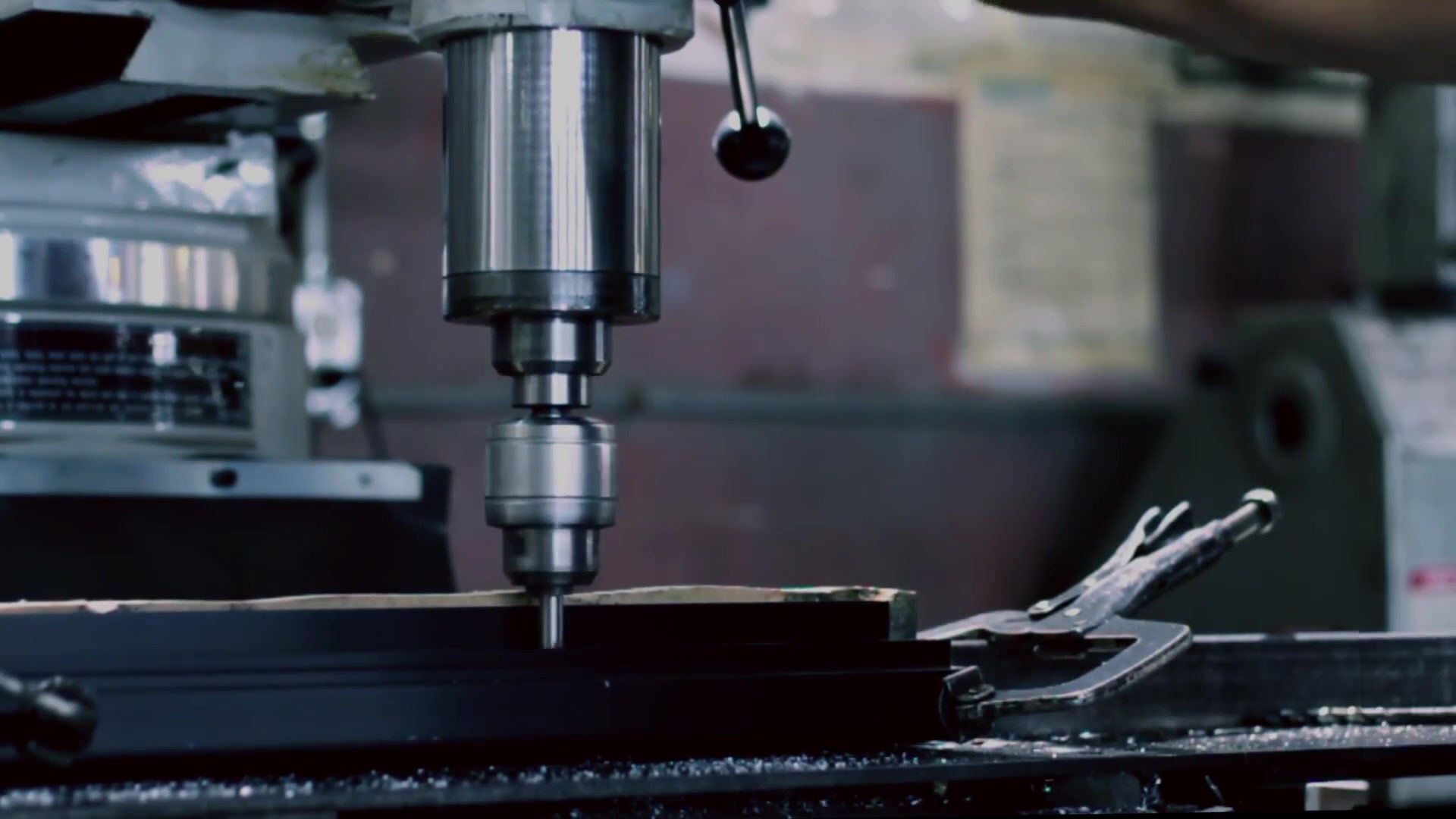


Global Custom Manufacturer, Integrator, Consolidator, Outsourcing Partner for a Wide Variety of Products & Services.
We are your one-stop source for manufacturing, fabrication, engineering, consolidation, integration, outsourcing of custom manufactured and off-shelf products & services. We also private label / white label your products with your brand name if you wish.
Choose your Language
-
Custom Manufacturing of Parts, Components, Assemblies, Finished Products, Machines and Industrial Equipment
-
Domestic & Global Contract Manufacturing
-
Manufacturing Outsourcing
-
Domestic, Global Procurement of Industrial Products
-
Private labeling / White Labeling your Products with your Brand Name
-
Product Finding & Locating Services
-
Global Design and Channel Partnership
-
Engineering Integration
-
Engineering Services
-
Global Consolidation, Warehousing, Logistics
The types of pneumatic and hydrolic valves we supply are summarized below. For those who are not very familiar with pneumatic and hydrolic valves, as this will help you better understand the material below, we recommend that you also download Illustrations of Major Valve Types by clicking here
MULTI-TURN VALVES OR LINEAR MOTION VALVES
The Gate Valve: The gate valve is a general service valve used primarily for on/off, non-throttling service. This type of valve is closed by either a flat face, vertical disc, or gate sliding down through the valve to block the flow.
The Globe Valve: Globe valves achieve closure by a plug with a flat or convex bottom lowered onto a matching horizontal seat located in the center of the valve. Raising the plug opens the valve and allows the fluid to flow. Globe valves are used for on/off service and can handle throttling applications.
The Pinch Valve: Pinch valves are particularly suited for applications of slurries or liquids with large amounts of suspended solids. Pinch valves seal by means of one or more flexible elements, such as a rubber tube, that can be pinched to shut off flow.
The Diaphragm Valve: Diaphragm valves close by means of a flexible diaphragm attached to a compressor. Lowering the compressor by the valve stem, the diaphragm seals and cuts off flow. The diaphragm valve handles well corrosive, erosive and dirty jobs.
The Needle Valve: The needle valve is a volume-control valve restricting flow in small lines. The fluid going through the valve turns 90 degrees and passes through an orifice which is the seat for a rod with a cone-shaped tip. The orifice size is changed by positioning the cone in relation to the seat.
QUARTER TURN VALVES OR ROTARY VALVES
The Plug Valve: Plug valves are used primarily for on/off service and throttling services. Plug valves control flow by means of a cylindrical or tapered plug with a hole in the center that lines up with the flow path of the valve to permit flow. A quarter turn in either direction blocks the flow path.
The Ball Valve: The ball valve is similar to the plug valve but uses a rotating ball with a hole through it allowing straight-through flow in the open position and shutting off the flow when the ball is rotated 90 degrees blocking the flow passage. Similar to plug valves, ball valves are used for on-off and throttling services.
The Butterfly Valve: The butterfly valve controls flow by using a circular disc or vane with its pivot axis at right angles to the direction of flow in the pipe. Butterfly valves are used for both on/off and throttling services.
SELF-ACTUATED VALVES
The Check Valve: The check valve is designed to prevent backflow. Fluid flow in the desired direction opens the valve, while backflow forces the valve closed. Check valves are analogous to diodes in an electric circuit or isolators in an optical circuit.
The Pressure Relief Valve: Pressure relief valves are designed to provide protection from over-pressure in steam, gas, air and liquid lines. The pressure relief valve ''lets off steam'' when pressure exceeds a safe level, and closes again when pressure drops to the preset safe level.
CONTROL VALVES
They control conditions such as flow, pressure, temperature, and fluid level by fully or partially opening or closing in response to signals received from controllers that compare a ''setpoint'' to a ''process variable'' whose value is provided by sensors that monitor changes in such conditions. The opening and closing of control valves is usually achieved automatically by electrical, hydraulic or pneumatic actuators. Control valves consist of three main parts in which each part exists in several types and designs: 1.) Valve's actuator 2.) Valve's positioner 3.) Valve's body. Control valves are designed to ensure accurate proportioning control of flow. They automatically vary the rate of flow based on signals received from sensing devices in a continuous process. Some valves are designed specifically as control valves. However other valves, both linear and rotary motion, can be used as control valves as well, by the addition of power actuators, positioners and other accessories.
SPECIALTY VALVES
In addition to these standard types of valves, we produce custom-designed valves and actuators for specific applications. Valves are available in a broad spectrum of sizes and materials. The selection of the proper valve for a particular application is important. When selecting a valve for your application, consider:
• The substance to be handled and the ability of the valve to resist attack by corrosion or erosion.
• The flow rate
• The valve control and shutting off the flow needed by the service conditions.
• The maximum working pressures and temperatures and the ability of the valve to withstand them.
• Actuator requirements, if any.
• Maintenance and repair requirements and suitability of the selected valve for easy service.
We produce many specialty valves engineered for specific requirements and operating conditions. For example, Ball Valves are available in two way and three way configurations for standard and severe duty. Hastelloy Valves are the most common special material valves. High Temperature Valves feature an extension to remove the packing area from the hot zone of a valve, making them fit for use at 1,000 Fahrenheit (538 Centigrade). Micro Control Metering Valves are designed to assure the fine and precise stem travel necessary for excellent control of flow. An integrated vernier indicator provides exact measurements of the stem revolutions. Pipe Connection Valves allow users to plumb a system through 15,000 psi using standard NPT pipe connections. Male Bottom Connection Valvesare designed for applications where extra rigidity or space restrictions are critical. These valves have a one-piece stem construction to increase durability and reduce the overall height. Double Block and Bleed Ball Valves are designed for high pressure hydraulic and pneumatic systems used for pressure monitoring and testing, chemical injection and drain line isolation.
COMMON VALVE ACTUATOR TYPES
Manual Actuators
A manual actuator employs levers, gears, or wheels to facilitate movement while an automatic actuator has an external power source to provide the force and motion to operate a valve remotely or automatically. Power actuators are needed for valves located in remote areas. Power actuators are also used on valves that are frequently operated or throttled. Valves that are particularly large may be impossible or impractical to operate manually because of the sheer horsepower requirements. Some valves are located in very hostile or toxic environments that makes manual operation very difficult or impossible. As a safety functionality, some types of power actuators may be required to act quickly, shutting down a valve in cases of emergency.
Hydraulic and Pneumatic Actuators
Hydraulic and pneumatic actuators are often used on linear and quarter-turn valves. Sufficient air or fluid pressure acts on a piston to provide thrust in a linear motion for gate or globe valves. The thrust is mechanically converted to rotary motion to operate a quarter-turn valve. Most types of fluid power actuators can be supplied with fail-safe features to close or open a valve under emergency circumstances.
Electric Actuators
Electric actuators have motor drives that provide torque to operate a valve. Electric actuators are often used on multi-turn valves like gate or globe valves. With the addition of a quarter-turn gearbox, they can be utilized on ball, plug, or other quarter-turn valves.
Please click on highlighted text below to download our product brochures for pneumatic and hydraulic valves:
- Private Label Valves for Liquids and Gas (We can put your name and logo on these valves if you wish)
- Vickers Series Hydraulic Vane Pumps and Motors - Vickers Series Valves
- YC-Rexroth Series Variable Displacement Piston Pumps-Hydraulic Valves-Multiple Valves
- Yuken Series Vane Pumps - Valves
- Information on our facility producing ceramic to metal fittings, hermetic sealing, vacuum feedthroughs, high and ultrahigh vacuum and fluid control components can be found here: Fluid Control Factory Brochure


















